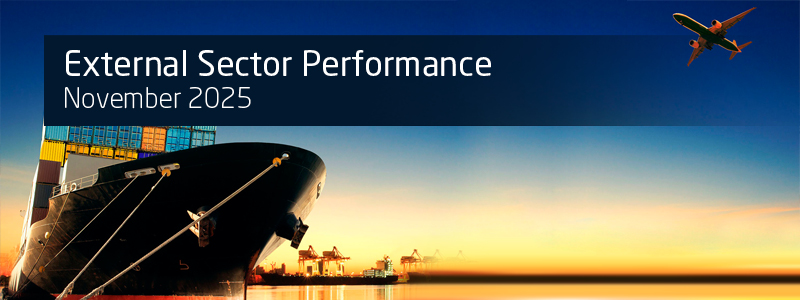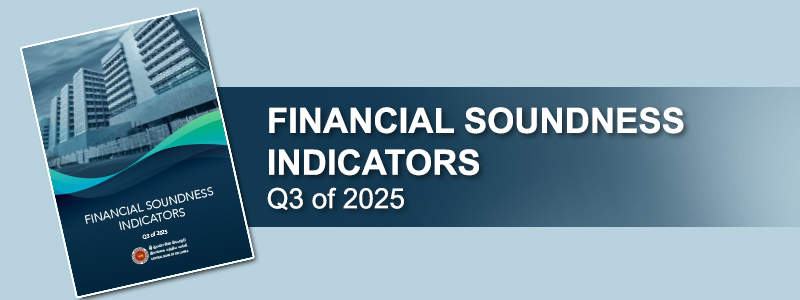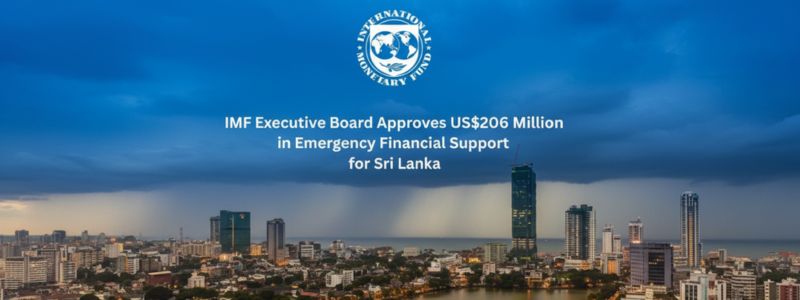The Central Bank of Sri Lanka (CBSL), with a view of encouraging foreign currency inflows to the country, invites the private sector to pursue avenues to raise offshore funding leveraging on its strengths, with the consent of the Hon. Minister of Finance and in line with provisions of the Foreign Exchange Act No. 12 of 2017 (FEA).
In this regard, to hedge the foreign exchange risk of offshore borrowing, a zero cost swap facility would be made available by CBSL for the private sector borrowers of foreign currency for the duration of the said borrowing, which may be reviewed and renewed annually.
Alternatively, the private sector could invest the US dollar funds raised offshore in Sri Lanka Development Bonds (SLDBs) matching the tenure of the offshore borrowing, in line with the Weighted Average Fixed Rate/ Weighted Average Margin determined at the immediately preceding SLDB auctions, or at levels mutually agreed through Designated Agents (DAs) appointed to market SLDBs.

















